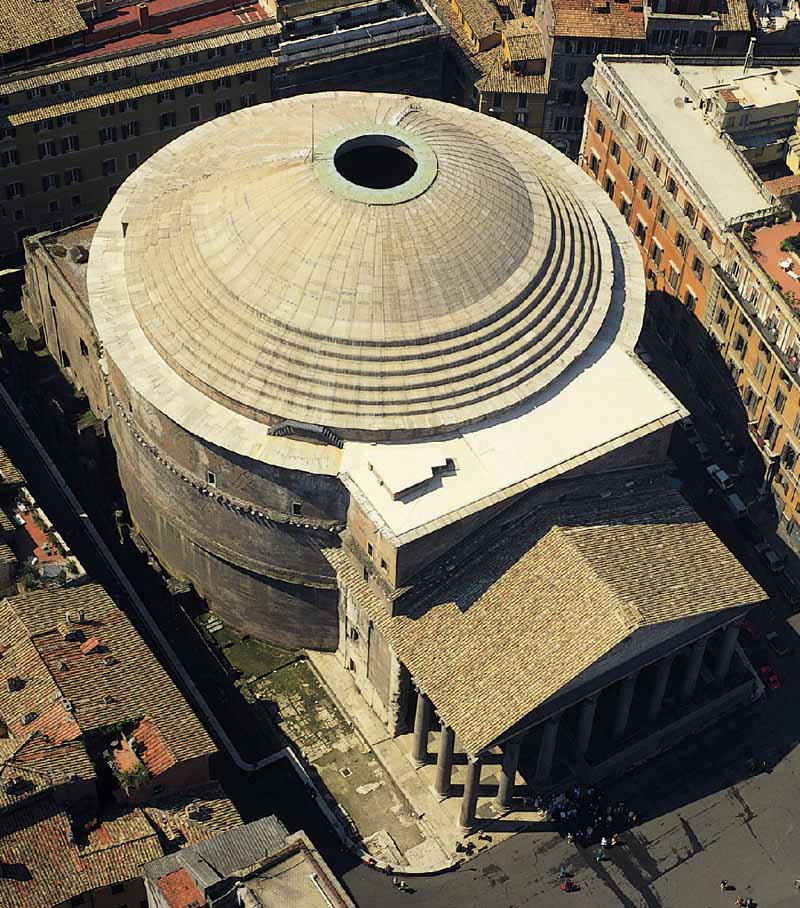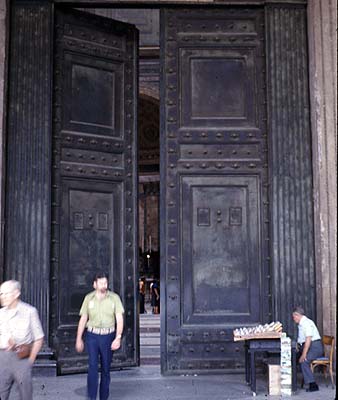All Roads Lead to Rome (rather to Roman Forum)
Italyblogpost.5
Photoalbum
Growing up, this was amongst the first few English language proverbs I learnt. I presumed it meant one would achieve the desired goal what ever way one takes, as long as one is actively engaged.
But why Rome. It turns out there was a reason this proverb would make sense in Italian peninsula. Rome was a city state, turned eventually into a colonial empire and it needed roads to communicate, conquer and control its colonies.
These roads were made of flat rock, many were lava stones, wide enough to accommodate two carriages, (dual highway) lined with trees on both sides, mostly pine, and had stations every 15 miles or horse change and 30 miles for night stay. Originally laid for military purposes, later used for trade and eventually for commoners to travel.
This is 500 BC, safely two thousand years before Sher Shah Suri built upon the old Maurya Empire road in early 16th century.
So all the
roads originated from Rome to the rest of the world they knew as theirs,
and hence if you travel back on any of these roads, you will sooner or
later enter Rome, or more specifically the Roman Forum. All these roads
had these milestones which told the travelers how far away they were
from Roman Forum. Like now we have milestones (at least in my childhood)
informing the miles away from the local GPO)
Roman Forum was where Romans lived. literally. Rome was a city of one million people, a very large number by any standard, definitely the largest for a very long time, considering that we are talking about two thousand years back.
Rich lived in their palaces and mansions, and poor lived in small cabins around the city, but everyone thrived in the public space. Here you have the public spaces for every activity, religious, civic, senate, official work, and public debate.
Rome
has given us concepts and words on all activities of daily civic life.
Words like palace (Palatine Hills), Senate, President, Forum, Rostrum. Coliseum, Basilica. all is here.
It is the valley
between two of the seven hills of Rome, Palatine Hills and Capitol Hill.
The best example one can imagine the grandeur of Roman Forum is watching the segment of the movie Cleopatra when she enters Rome. https://www.youtube.com/watch?
This ancient Rome, once vandalized by the Vandals at the fall of Roman Empire in 476, and the population of 1 Million was reduced to 10,000, it slowly deteriorated as the focus shifted from Rome to other areas of power. Even if the Papacy remained intact in Rome as a client state of other kingdoms, the central interest in Roman forum was gone, Over centuries it was neglected, and eventually buried under the dirt and debris of time. Later only the tops of certain monuments and structures were visible, and rest was underground. It was being uses as a grazing ground, Many artifacts and building materials including copper and other minerals were stolen or recycled and it was not until the British Gibbons in 1700, who realized it and it was gradually excavated.
The best example one can imagine the grandeur of Roman Forum is watching the segment of the movie Cleopatra when she enters Rome. https://www.youtube.com/watch?
This ancient Rome, once vandalized by the Vandals at the fall of Roman Empire in 476, and the population of 1 Million was reduced to 10,000, it slowly deteriorated as the focus shifted from Rome to other areas of power. Even if the Papacy remained intact in Rome as a client state of other kingdoms, the central interest in Roman forum was gone, Over centuries it was neglected, and eventually buried under the dirt and debris of time. Later only the tops of certain monuments and structures were visible, and rest was underground. It was being uses as a grazing ground, Many artifacts and building materials including copper and other minerals were stolen or recycled and it was not until the British Gibbons in 1700, who realized it and it was gradually excavated.
There are more than one way to enter Roman Forum, but the more common is through the Arch of
Titus as it takes you from the Coliseum to the Forum. This arch is of
particular importance and one of the few places I recommend you spend
some time.
This arch is to commemorate the final
victory of Romans over Jerusalem. Judea as it was perhaps called
was already a Roman province for long time, but the Romans allowed the
Jewish Temple to function as long as it did not interfere with the Roman
rule.
Ultimately the Zealots rebelled and Rome responded by siege and final destruction. This arch was perhaps the oldest Arch build to commemorate a victory and has been used as inspiration for many triumphal arches including the famous Paris Arc de Triomphe.
Ultimately the Zealots rebelled and Rome responded by siege and final destruction. This arch was perhaps the oldest Arch build to commemorate a victory and has been used as inspiration for many triumphal arches including the famous Paris Arc de Triomphe.
Siege
of Jerusalem was in 70 AD which led to the destruction of the Second
Jewish Temple, ( only the Western Wall of which remains). This Arch was
build ten years later by the brother of the king Titus. By that time
Saint Peter was already crucified 64, and there would have been presence
of Christians in Rome, but this artifact does not show any mention of
that.
Two sides on the inner side show two
different scenes. Entering the Forum, the left side shows the Jewish
Slaves being brought in the city, carrying their belongings, the most
prominent being the menorah candle.
On the opposite side, shows the Romans and their King, Titus entering the city triumphantly on horses. Until the State of Israel was founded in 1948 there was a rabbinical prohibition to walk under the arch and many Jews refused to walk under it.
The menorah depicted in the Arch is perhaps the oldest relic of a menorah and was used as a model for the menorah on the emblem of the State of Israel
https://en.wikipedia.org/wiki/
On the opposite side, shows the Romans and their King, Titus entering the city triumphantly on horses. Until the State of Israel was founded in 1948 there was a rabbinical prohibition to walk under the arch and many Jews refused to walk under it.
The menorah depicted in the Arch is perhaps the oldest relic of a menorah and was used as a model for the menorah on the emblem of the State of Israel
https://en.wikipedia.org/wiki/
VESTAL NUNS:
Some how a woman's chastity has always fascinated men of god.
So there is this temple of Vesta. Nuns were from the families of elite, the patricians, from age 6-10 and chosen by the High Priest, Pontifex Maximus (the same name taken by the Pope) and offered 30 years of service. She would remain celibate, have certain privileges like special seating in Colosseum, voting and property rights. She would have special duties like keeper of the wills and keeping the fire on at the temple and after 30 years of service could be free to marry.
If
however she did not remain chaste she would lose her life. She would be buried alive, as shedding
blood was prohibited in the confines of Rome. In fact burying alive was also prohibited in Rome
so they would be buried with some food so that the eventually die in the
underground tomb.
Temple of Vesta
The Temple of Vesta represents the site of ancient cult activity as far back as 7th century BCE
The Temple of Vesta represents the site of ancient cult activity as far back as 7th century BCE
And then there is the
Temple of Caesar. It was here that Julius Caesar was cremated and later deified. He the first Roman made into a deity.
There was a comet appearance in Rome at the time of his death and it was
considered that Caesar's soul has joined other gods in the sky as one
of them. That is the reason that the sign of comet, ie a star with a
tail became the official mark for Rome.
Now the tradition of making 'saints' in Catholicism is perhaps the modification of the same old cult of deification?
Then
you have the actual Senate and the Rostrum. Rostrum as the name
suggests was the actual Speaker's Corner and gave the Romans the freedom
to express their views openly and freely.
The Temple of Saturn, temple to the god Saturn
has the most iconic picture looking at the bare columns from the East
side to the rest of the Roman Forum and with Arch if Titus and Coliseum
in the background
Next: Killing people for sports, The Colosseum




















